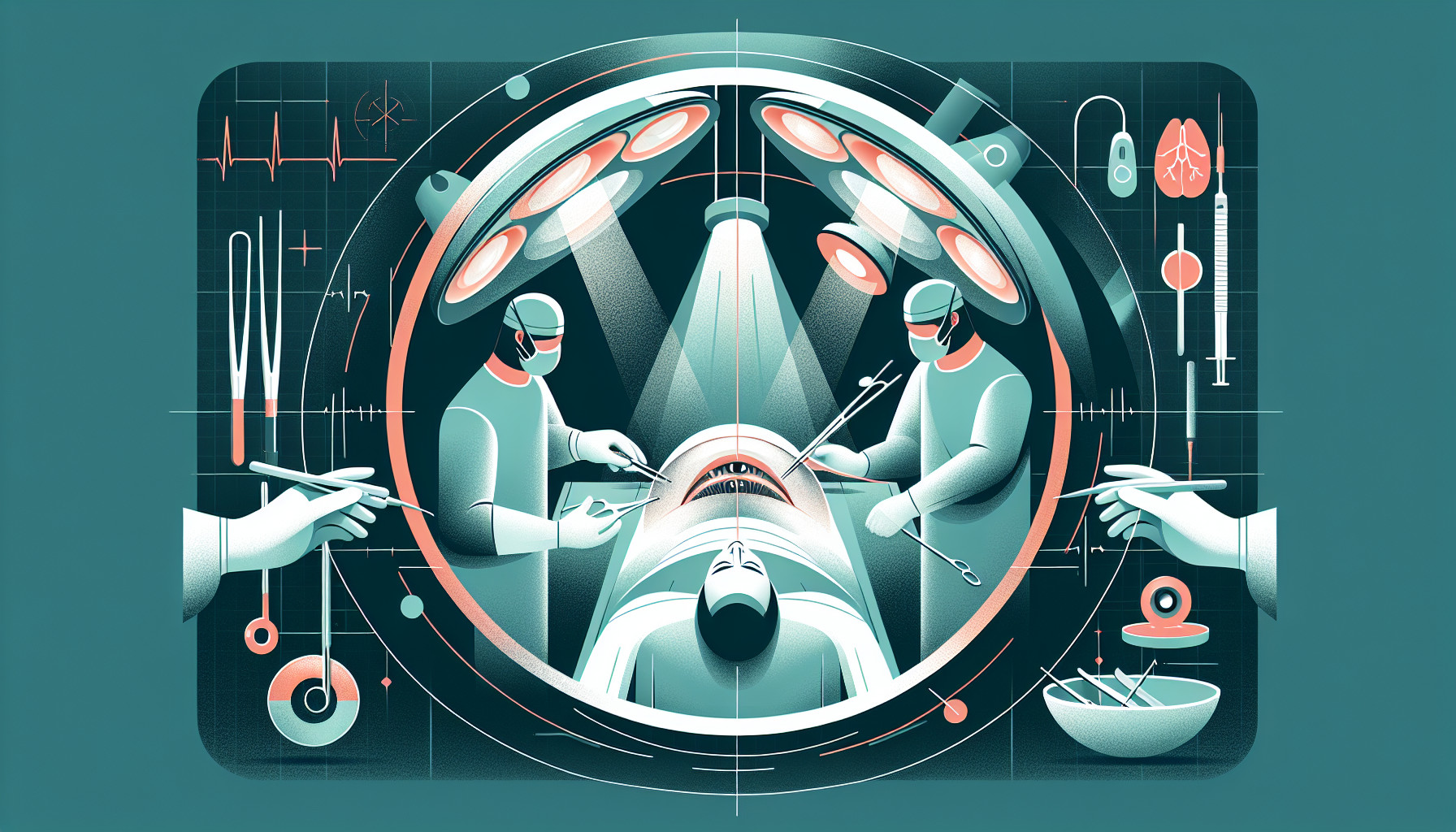Our Summary
This research paper describes a method for improving vision in people with astigmatism who are undergoing cataract surgery. Astigmatism is a condition that causes blurry vision due to an irregularly shaped cornea. The authors detail a guide (nomogram) for surgeons to follow in correcting astigmatism during manual small-incision cataract surgery. This method can correct up to 2.25 diopters of astigmatism with the use of specific surgical incisions. Depending on the severity and location of the patient’s astigmatism, various incisions can be made such as straight incision, minimally curved frown incision, and U incision. The technique can yield improved visual outcomes and depth of focus for patients.
FAQs
- What is the method proposed in the research paper for improving vision in people with astigmatism undergoing cataract surgery?
- What is the maximum amount of astigmatism that can be corrected using the surgical incisions detailed in the research?
- What are the different types of surgical incisions that can be made depending on the severity and location of the patient’s astigmatism?
Doctor’s Tip
A doctor may advise a patient undergoing cataract surgery to follow post-operative care instructions carefully, including using prescribed eye drops, avoiding strenuous activities, and attending follow-up appointments. They may also recommend wearing sunglasses to protect the eyes from UV light and avoiding rubbing or putting pressure on the eyes. It is important for patients to communicate any concerns or changes in vision to their doctor promptly.
Suitable For
Patients who are typically recommended for cataract surgery include those who are experiencing significant vision loss or impairment due to cataracts. This can include individuals who have difficulty with daily activities such as reading, driving, or recognizing faces. Additionally, patients with cataracts that are causing glare or halos around lights, or have a significant impact on their quality of life, may also be recommended for surgery.
In the case of astigmatism, patients with this condition who are undergoing cataract surgery may benefit from the method described in the research paper. This includes individuals who have blurry vision due to astigmatism, and who may also have cataracts that are causing vision problems. By correcting astigmatism during cataract surgery, patients may experience improved visual outcomes and a reduction in the need for glasses or contact lenses post-surgery.
Overall, the decision to recommend cataract surgery for a patient will depend on their individual circumstances and the severity of their cataracts and associated vision problems. It is important for patients to discuss their options with their eye care provider to determine the best course of treatment for their specific needs.
Timeline
Before cataract surgery:
- Patient will undergo a comprehensive eye exam to determine the severity of the cataracts and any other underlying eye conditions
- Patient will meet with their surgeon to discuss the procedure, potential risks, and benefits
- Patient may need to stop taking certain medications leading up to the surgery
- Patient will receive instructions on how to prepare for the surgery, including fasting before the procedure
- On the day of the surgery, patient will be given anesthesia to numb the eye and prevent discomfort during the procedure
After cataract surgery:
- Patient will be monitored for a short period of time after the surgery to ensure there are no complications
- Patient will be given eye drops to prevent infection and reduce inflammation
- Patient may experience temporary blurry vision or discomfort in the eye
- Patient will need to follow post-operative instructions, such as avoiding strenuous activities and wearing an eye shield at night
- Patient will have a follow-up appointment with their surgeon to assess the success of the surgery and address any concerns
- Patient’s vision will gradually improve over the following days and weeks as the eye heals and adjusts to the new intraocular lens
Overall, cataract surgery is a safe and effective procedure that can significantly improve a patient’s vision and quality of life. With proper pre-operative preparation and post-operative care, patients can expect a successful outcome and restored vision.
What to Ask Your Doctor
- What is the success rate of cataract surgery in improving my vision, especially considering my astigmatism?
- How will my astigmatism be addressed during cataract surgery? Will I need additional procedures?
- What are the potential risks and complications associated with correcting astigmatism during cataract surgery?
- How long is the recovery process after cataract surgery, and when can I expect to see improvements in my vision?
- Will I need to wear glasses or contact lenses after cataract surgery to correct my astigmatism?
- Are there any alternative treatment options for correcting astigmatism during cataract surgery that I should consider?
- How experienced are you in performing cataract surgery with astigmatism correction, and what is your success rate with this procedure?
- Will I need to follow any specific post-operative care instructions to ensure the best possible outcome for my vision?
- How soon after cataract surgery can I resume my normal activities, such as driving or exercising?
- Are there any additional costs associated with correcting astigmatism during cataract surgery that I should be aware of?
Reference
Authors: Boramani J, Bali J, Boramani P, Bali O. Journal: Indian J Ophthalmol. 2022 Nov;70(11):4032-4035. doi: 10.4103/ijo.IJO_1435_22. PMID: 36308151
